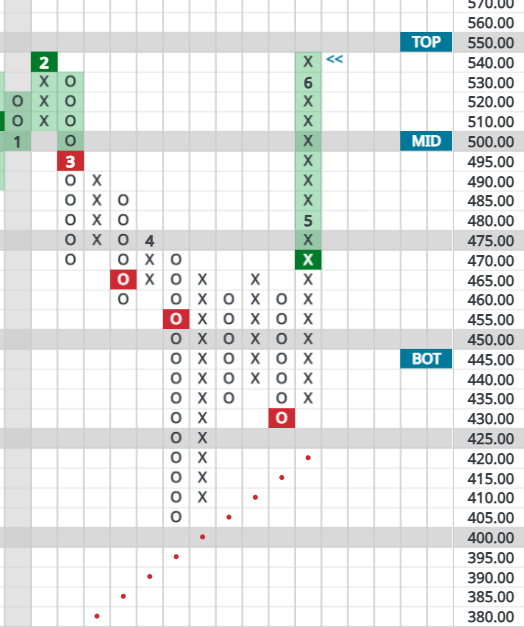None of us expect the weather to be all sunshine and perfect temperatures. Sometimes it rains. Sometimes the wind blows heavy. Sometimes it’s cold. Sometimes it’s really hot. Sometimes it’s cloudy.
Plans might have to change a little bit, but we don’t usually react extremely to the generally normal weather. When the weather gets extreme, we tend to react quite a bit more drastically – and for good reason! A tornado, tsunami, heavy monsoon, hurricane provide plenty of reason to pack up and flee for safety. Nobody will look at you strange, because there truly might be deadly weather ahead if changes aren’t made.
But for most normal weather variations, we just modify our plans a bit, or grab a jacket, some gloves, or an umbrella, and “weather out” that short period. We know it will really just be a short period of time, and things will feel more normal again soon enough.
Do you treat your investment portfolio the same way?
When the market drops 2-5%, are you ready to sell? A 2% drop is quite like a thunder and lightning storm: not uncommon or ruinsome – be prepared to see this a few times each year, at least. How does a 10% market correction feel? That isn’t dissimilar to a brutal heat wave in the summer, putting discomfort at the front of your mind, but still probably haven’t packed your belongings and sold your home yet, I presume… It’ll endure for a bit, and there may be very little reprieve, but the “For Sale” sign isn’t a reasonable reaction most of the time.
Be careful to not forget the old adage that “every storm runs out of rain,” to which I identically titled a blog post I published in October 2022, just five days before the Nasdaq bottomed and has since risen from more than 56%. No stock market decline has ever failed to recover and then capture new all-time highs, so if you’re worried about the rain not stopping – it would be the greatest anomaly ever if it didn’t. Here’s our recommended solution to weathering those rainy days: when you open or add to an investment position, have a plan on when you might take sell action as a result of negative market action in the future.
It might be a specific percent decline that triggers step 1: reassess the position. Does your sell stop price still valid to keep in place? Or have market / asset conditions changed that require a new sell stop-limit plan? Using price alerts can be a strong way to weave a safety net to protect your investment.
It might be a further percent decline that triggers step 2: sell once violated on a decline. Is there a reason why your planned sell price shouldn’t be sold? Is that reason simply emotion or bias? That might be a bit more risky to envelope emotions into the portfolio rebalancing process. Using price alerts is one means to get positions sold once they trade below that alert price, though you might also find it more efficient to implement sell stop-limit orders: once the sell stop price is reached on a decline, the limit order is activated, which will sell the position at the limit price (or better).
It might seem complex, but, in short, it’s a means of installing a contingency plan. A contingency plan is generally used for hedging risk, whether it’s a contingency plan for an overnight hike through the mountains for potential weather or injury, or to ensure you capture at least those profits over 35% (if that’s your investment goal).
Risk management is critical to the success of your portfolio. Your risk strategy should not be to run for the hills.


